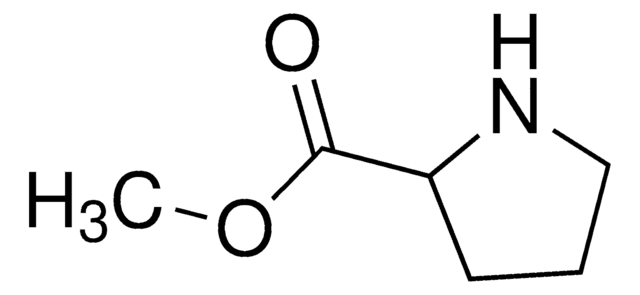724424
1-Ethyl-3-methylimidazolium tetrachloroaluminate
for energy applications
Synonym(s):
1-Ethyl-3-methyl-1H-imidazolium tetrachloroaluminate
About This Item
Recommended Products
grade
for energy applications
Assay
99.9% trace metals basis
form
liquid
impurities
≤1% H2O
refractive index
n20/D 1.484
mp
9 °C
density
1.304 g/mL at 25 °C
application(s)
battery manufacturing
SMILES string
Cl[Al-](Cl)(Cl)Cl.CCn1cc[n+](C)c1
InChI
1S/C6H11N2.Al.4ClH/c1-3-8-5-4-7(2)6-8;;;;;/h4-6H,3H2,1-2H3;;4*1H/q+1;+3;;;;/p-4
InChI key
UYYXEZMYUOVMPT-UHFFFAOYSA-J
Looking for similar products? Visit Product Comparison Guide
Application
related product
Signal Word
Danger
Hazard Statements
Precautionary Statements
Hazard Classifications
Eye Dam. 1 - Skin Corr. 1B
Storage Class Code
8A - Combustible corrosive hazardous materials
WGK
WGK 3
Flash Point(F)
424.4 °F
Flash Point(C)
218 °C
Regulatory Listings
Regulatory Listings are mainly provided for chemical products. Only limited information can be provided here for non-chemical products. No entry means none of the components are listed. It is the user’s obligation to ensure the safe and legal use of the product.
FSL
Group 4: Flammable liquids
Type 4 petroleums
Hazardous rank III
JAN Code
724424-5G:
724424-BULK:
724424-VAR:
Choose from one of the most recent versions:
Certificates of Analysis (COA)
Don't see the Right Version?
If you require a particular version, you can look up a specific certificate by the Lot or Batch number.
Already Own This Product?
Find documentation for the products that you have recently purchased in the Document Library.
Customers Also Viewed
Articles
Ionic liquids, also called room temperature ionic liquids, are organic salts that are liquid at, or close to, room temperature.
Dr. Schmuch, Dr. Siozios, Professor Dr. Winter, and Dr. Placke review the challenges and opportunities of nickelrich layered oxide cathode materials. They discuss production processes for the layered oxide cathode materials as well as their chemistry and morphology.
Research and development of solid-state lithium fast-ion conductors is crucial because they can be potentially used as solid electrolytes in all-solid-state batteries, which may solve the safety and energy-density related issues of conventional lithium-ion batteries that use liquid (farmable organic) electrolytes.
Lithium-ion batteries (LIBs) have been widely adopted as the most promising portable energy source in electronic devices because of their high working voltage, high energy density, and good cyclic performance.
Our team of scientists has experience in all areas of research including Life Science, Material Science, Chemical Synthesis, Chromatography, Analytical and many others.
Contact Technical Service

